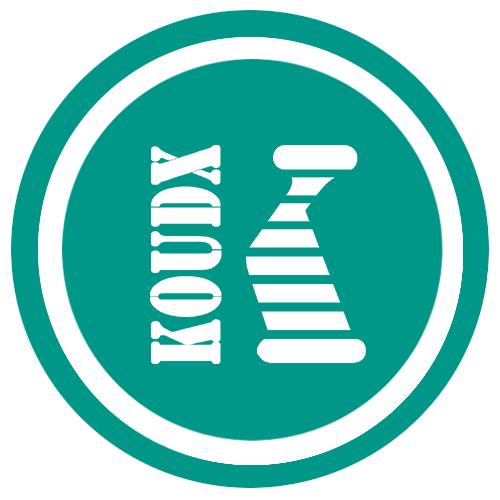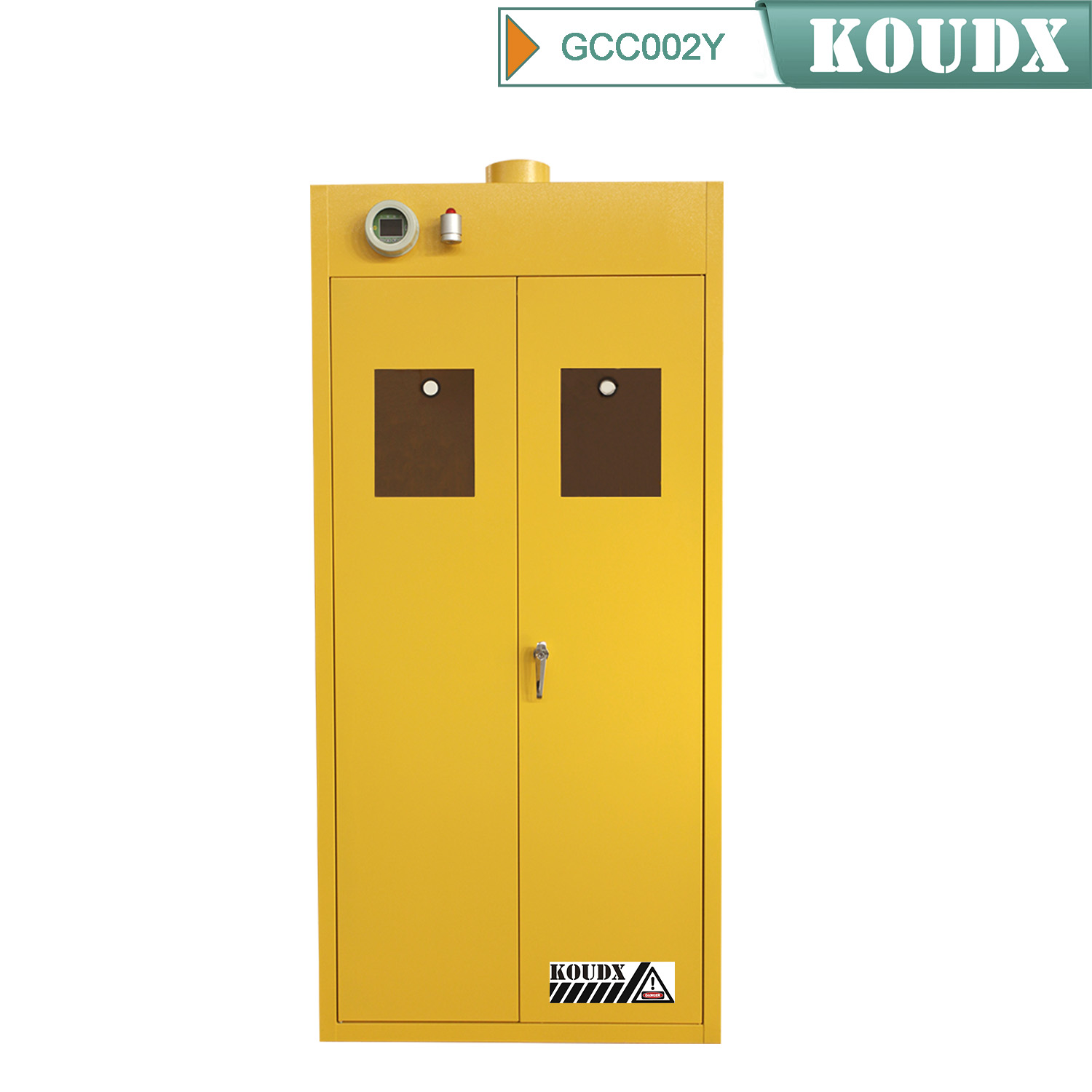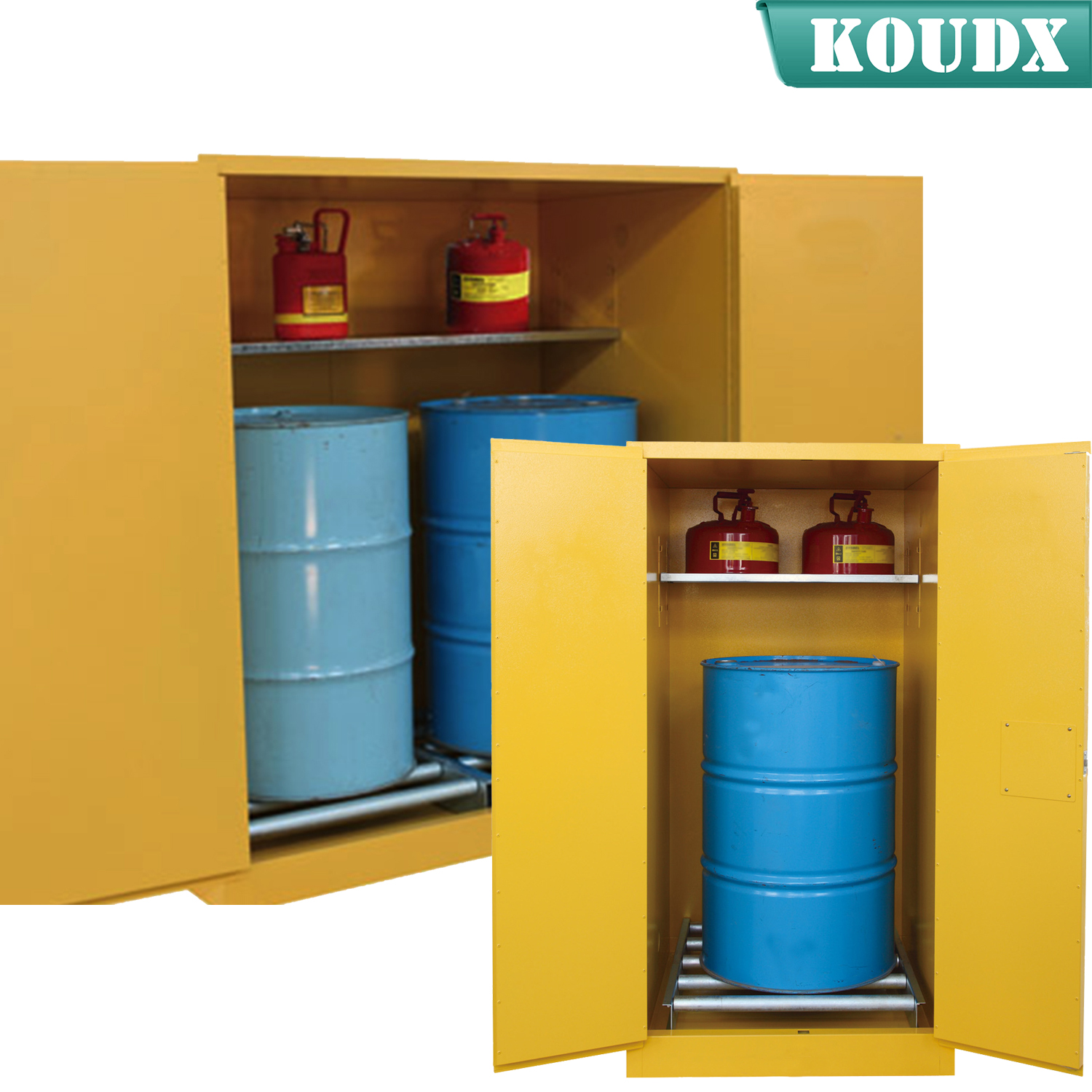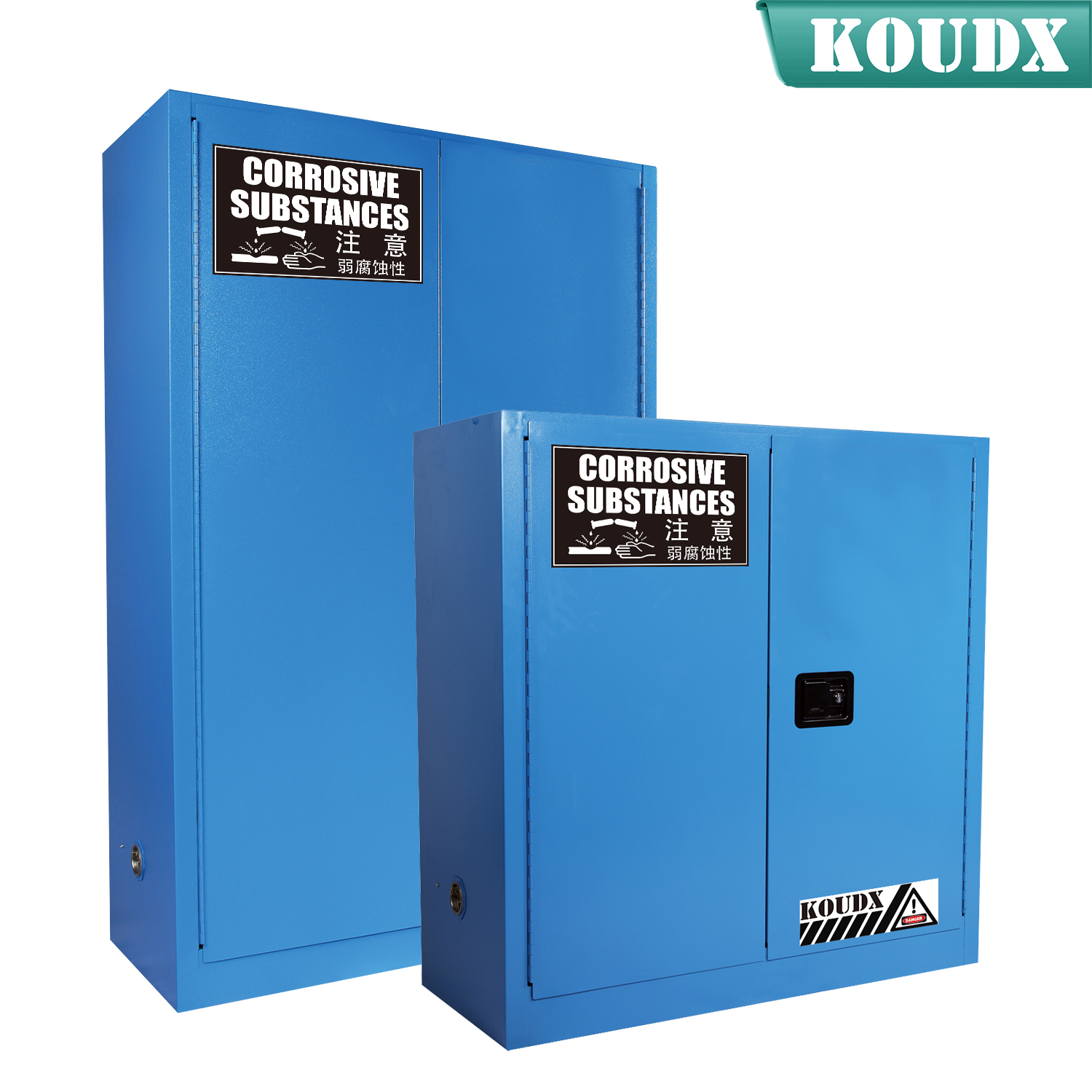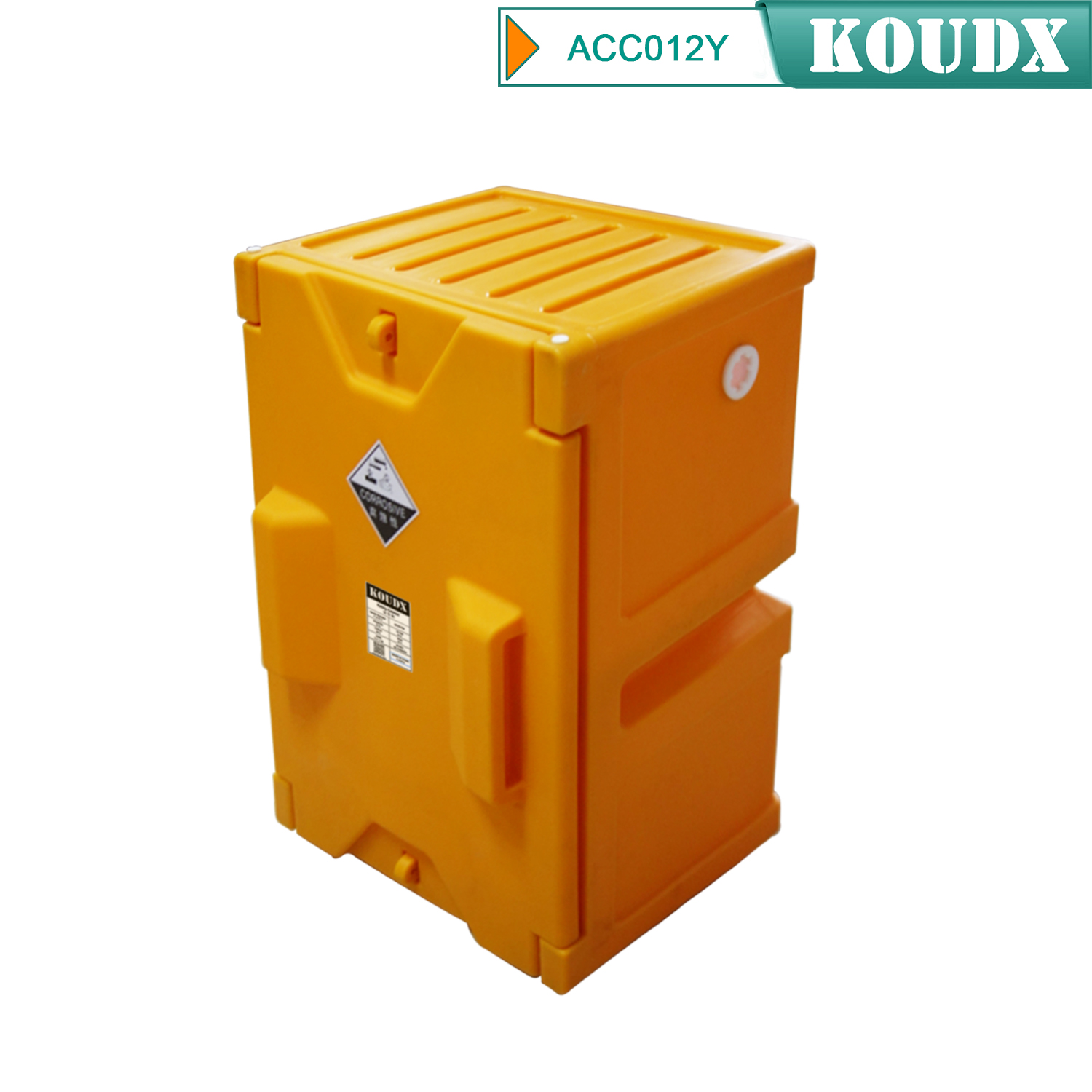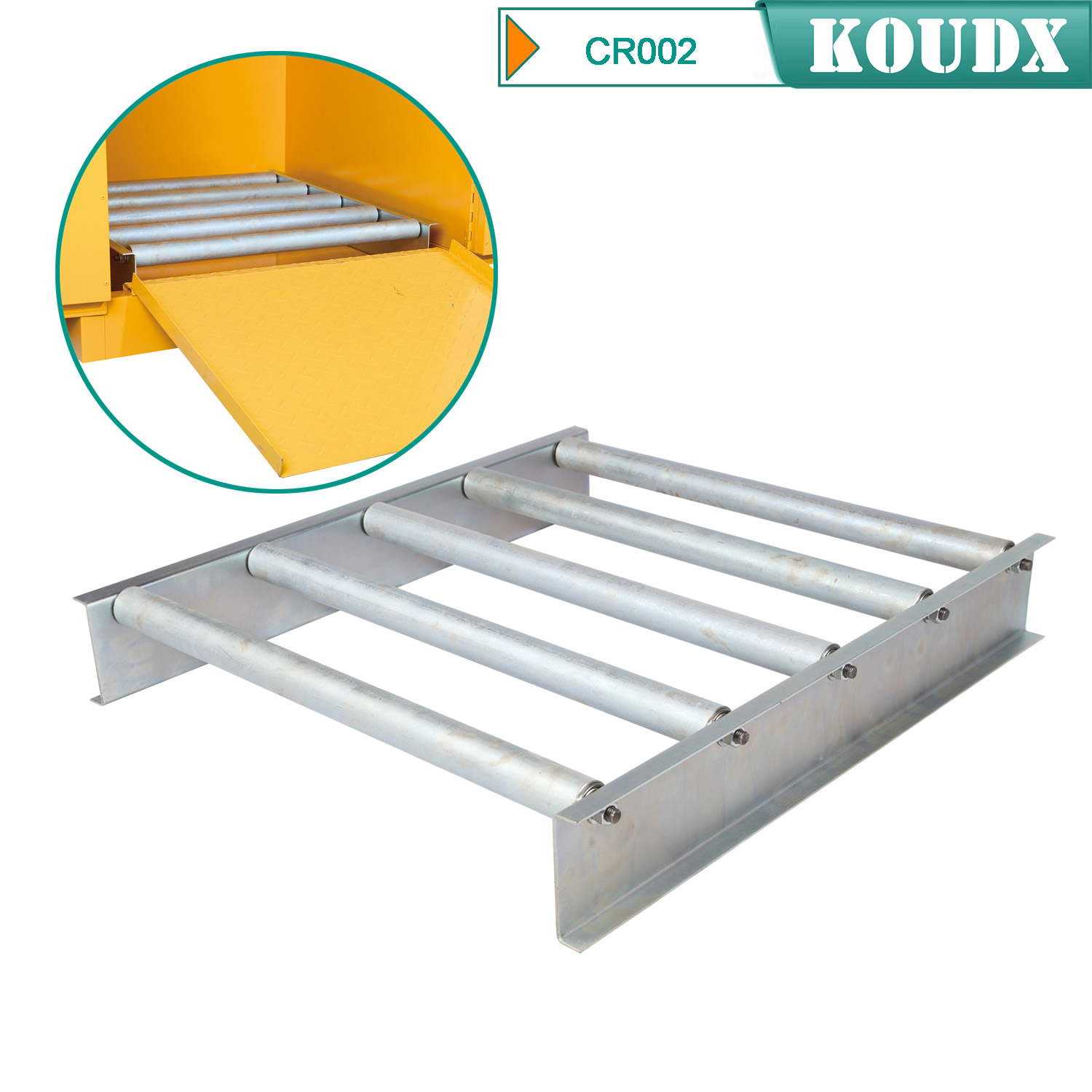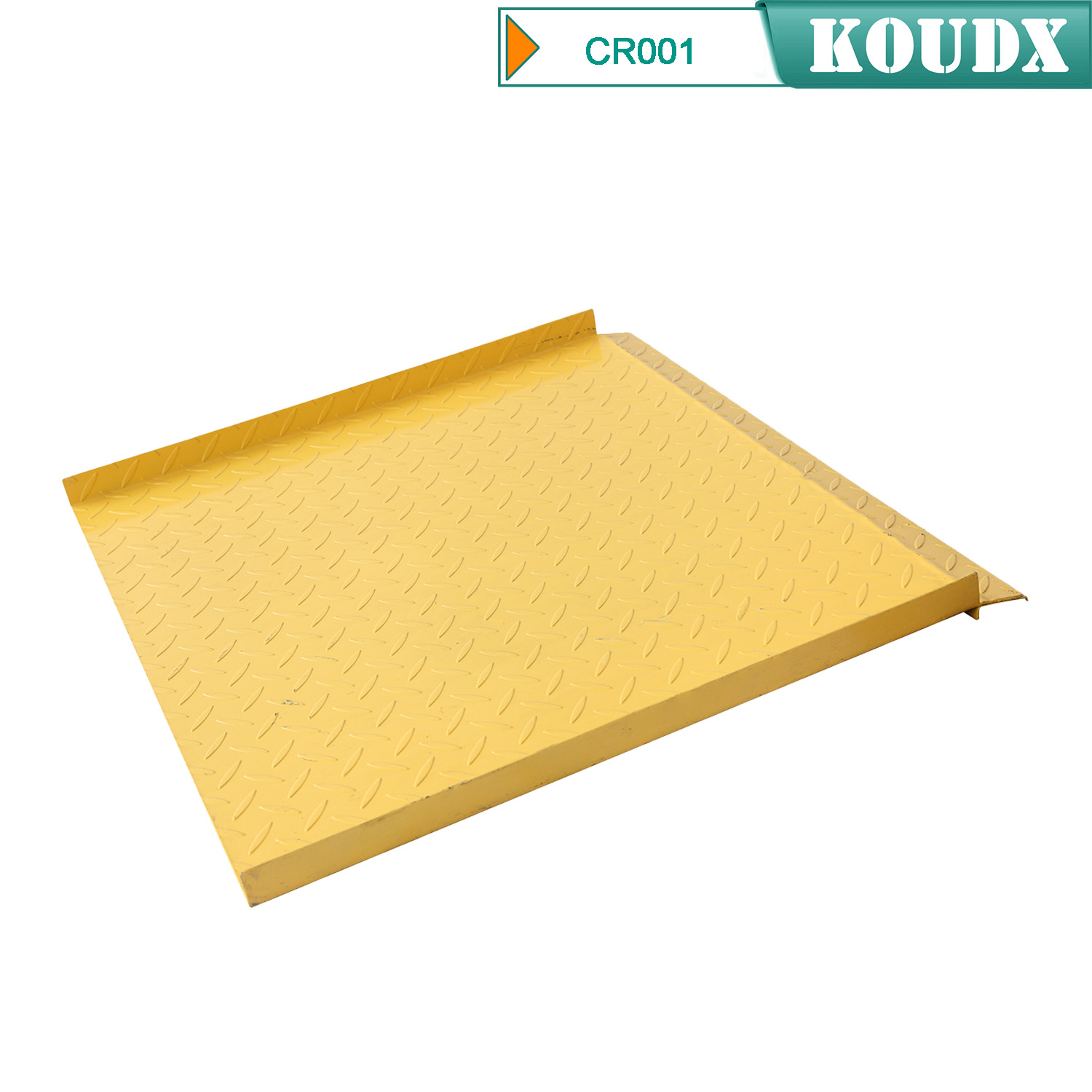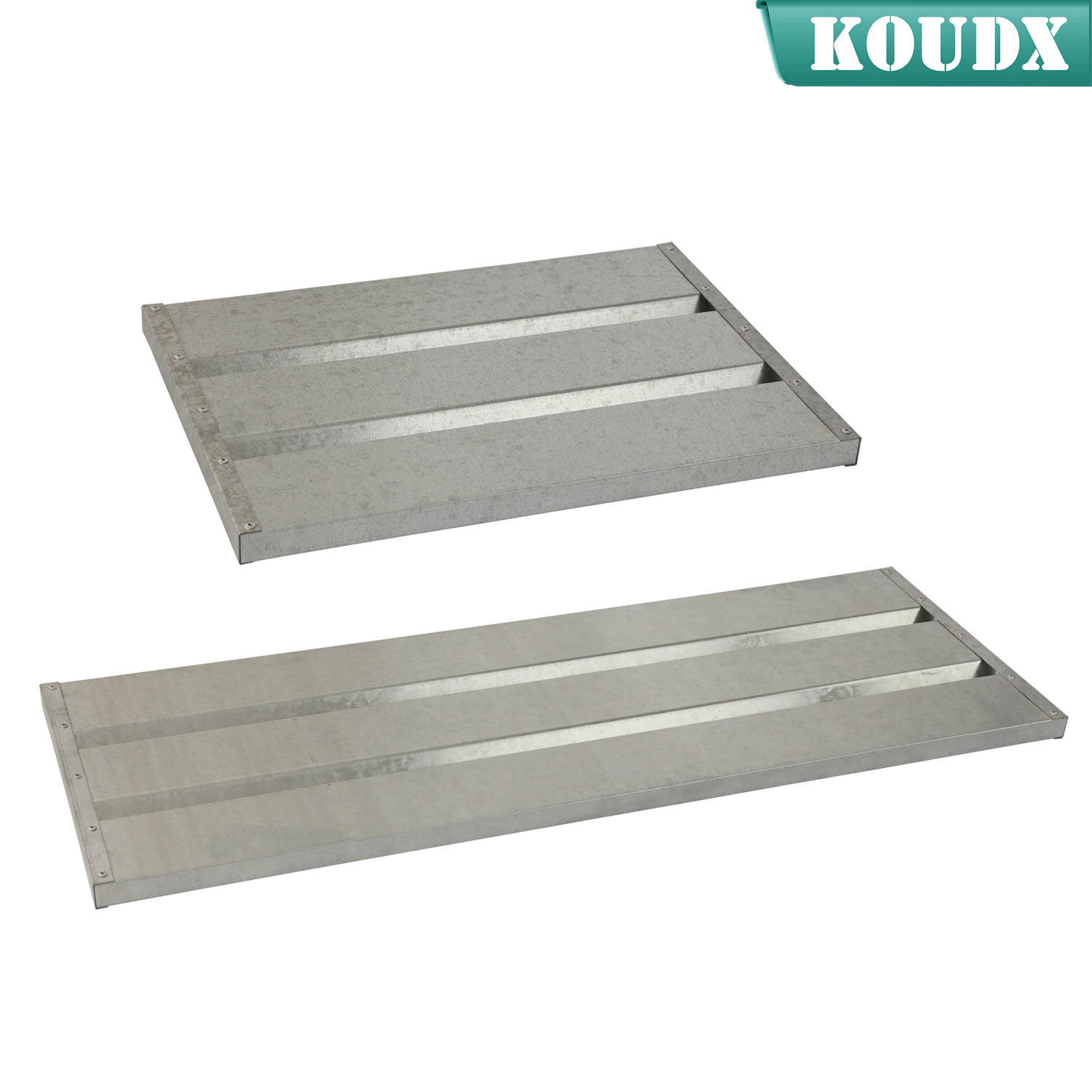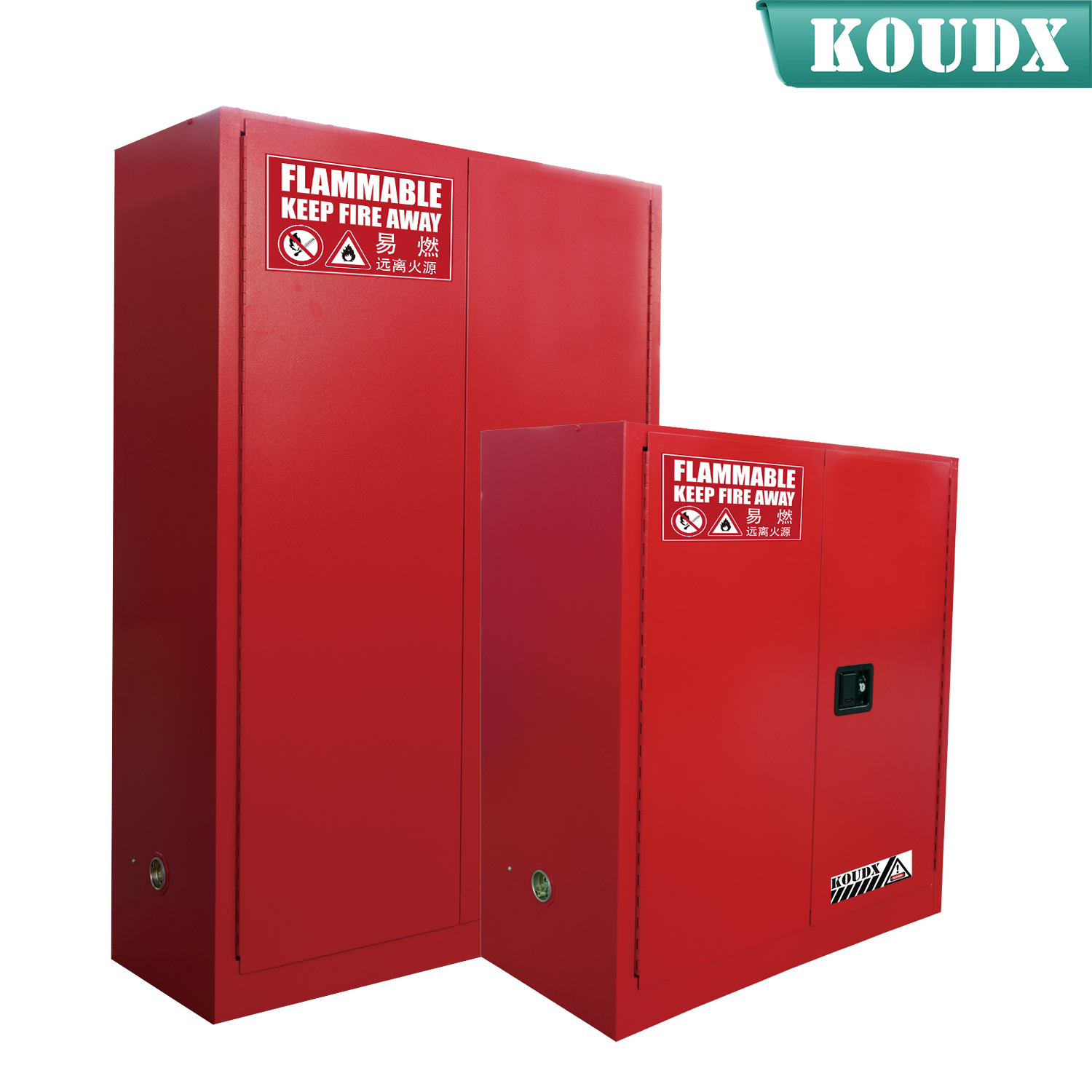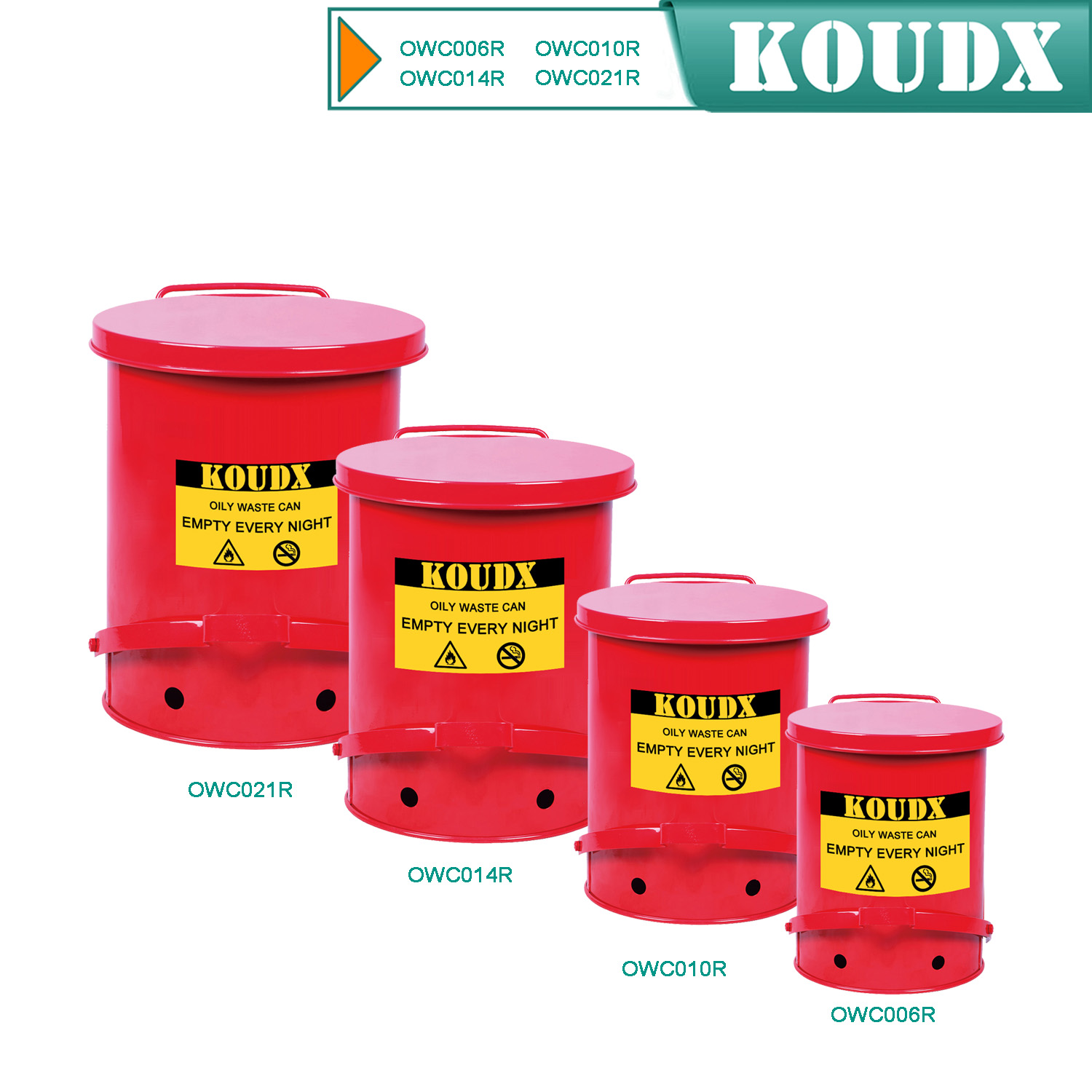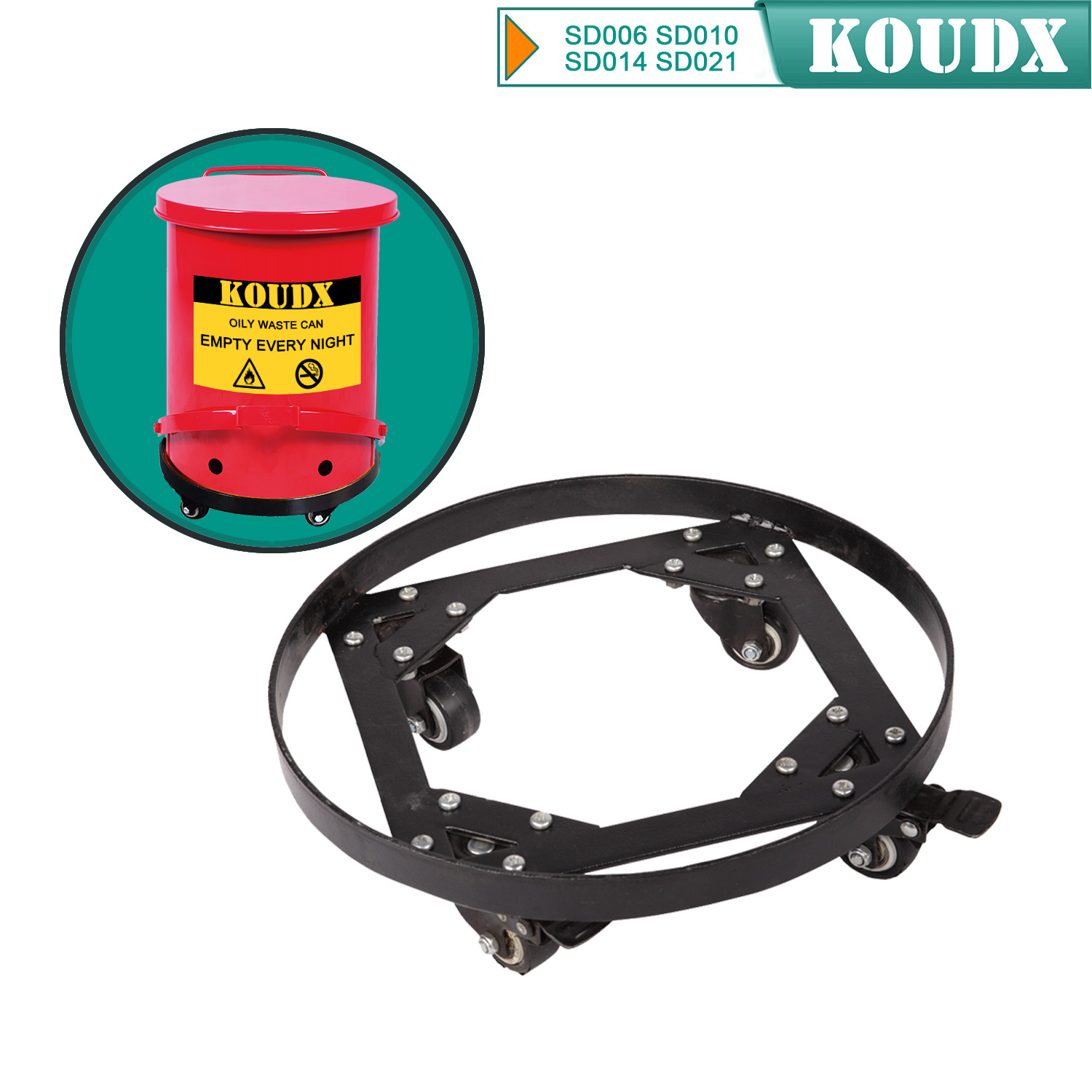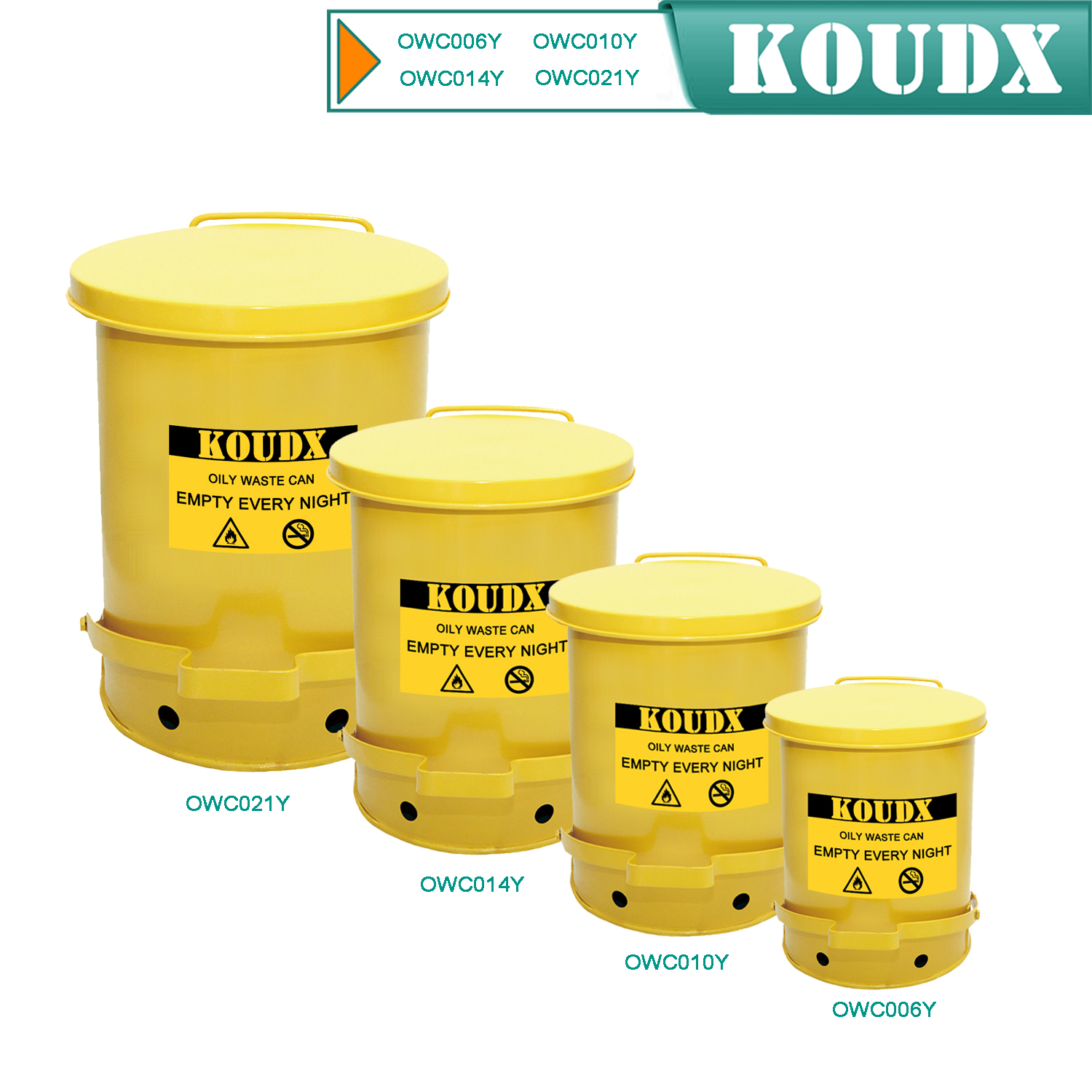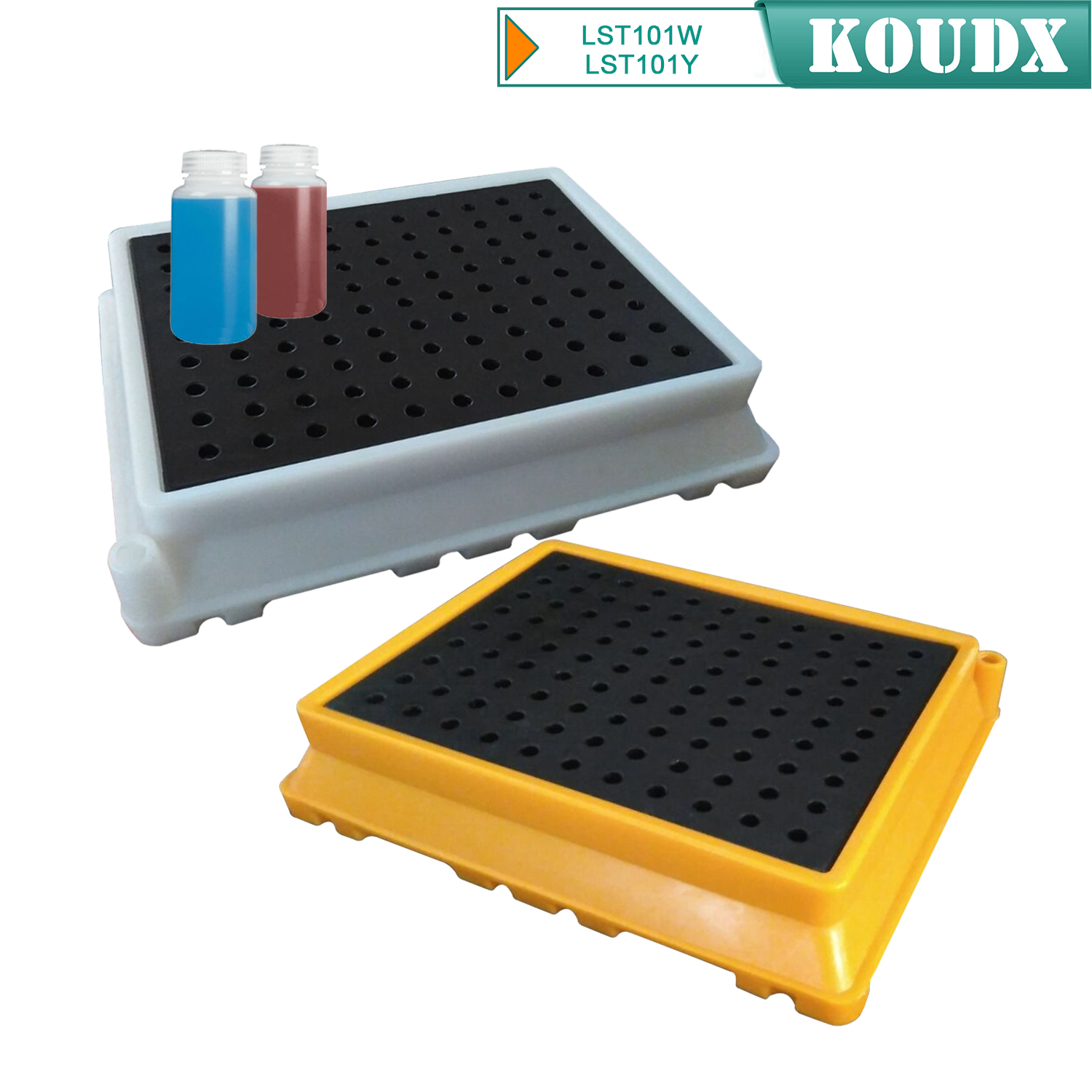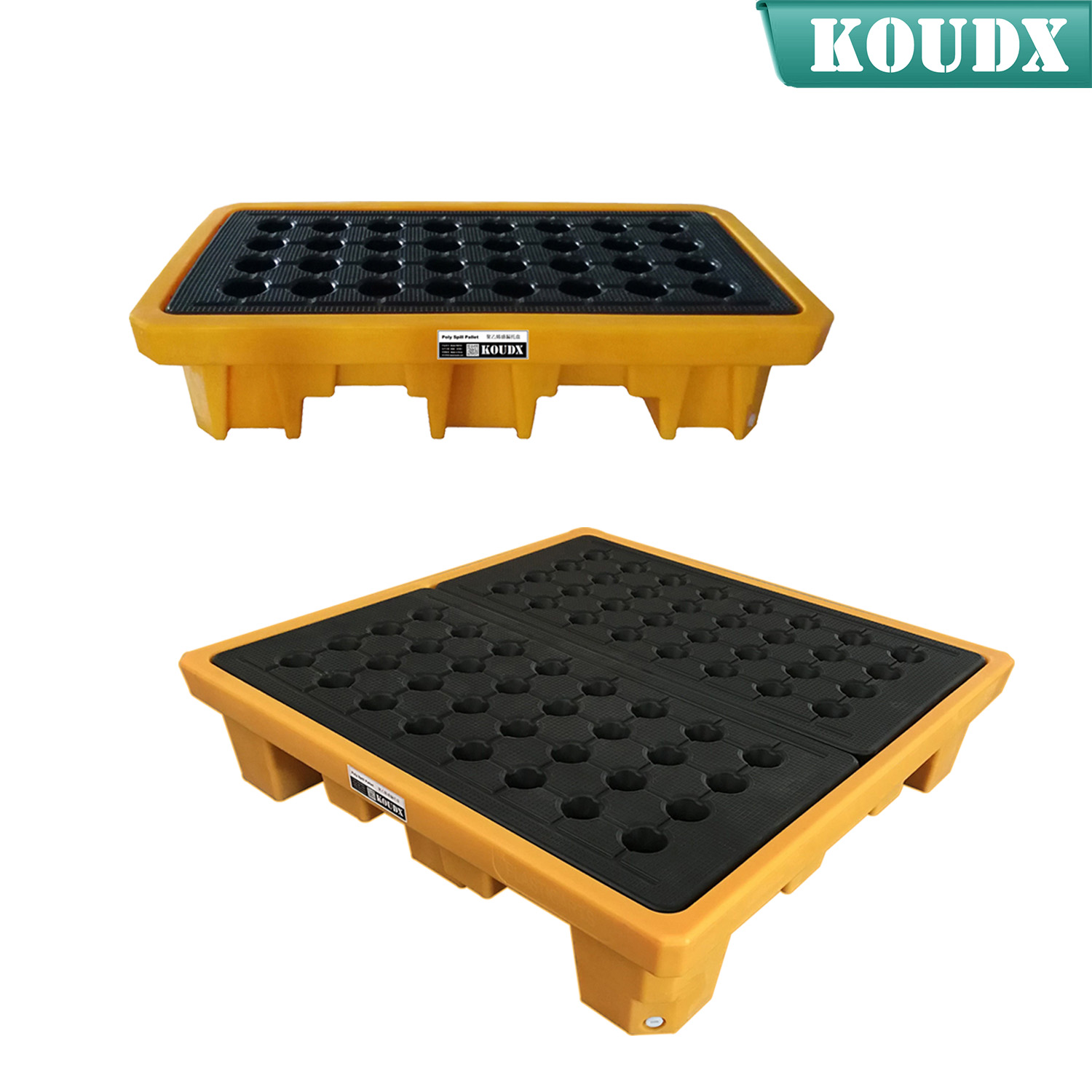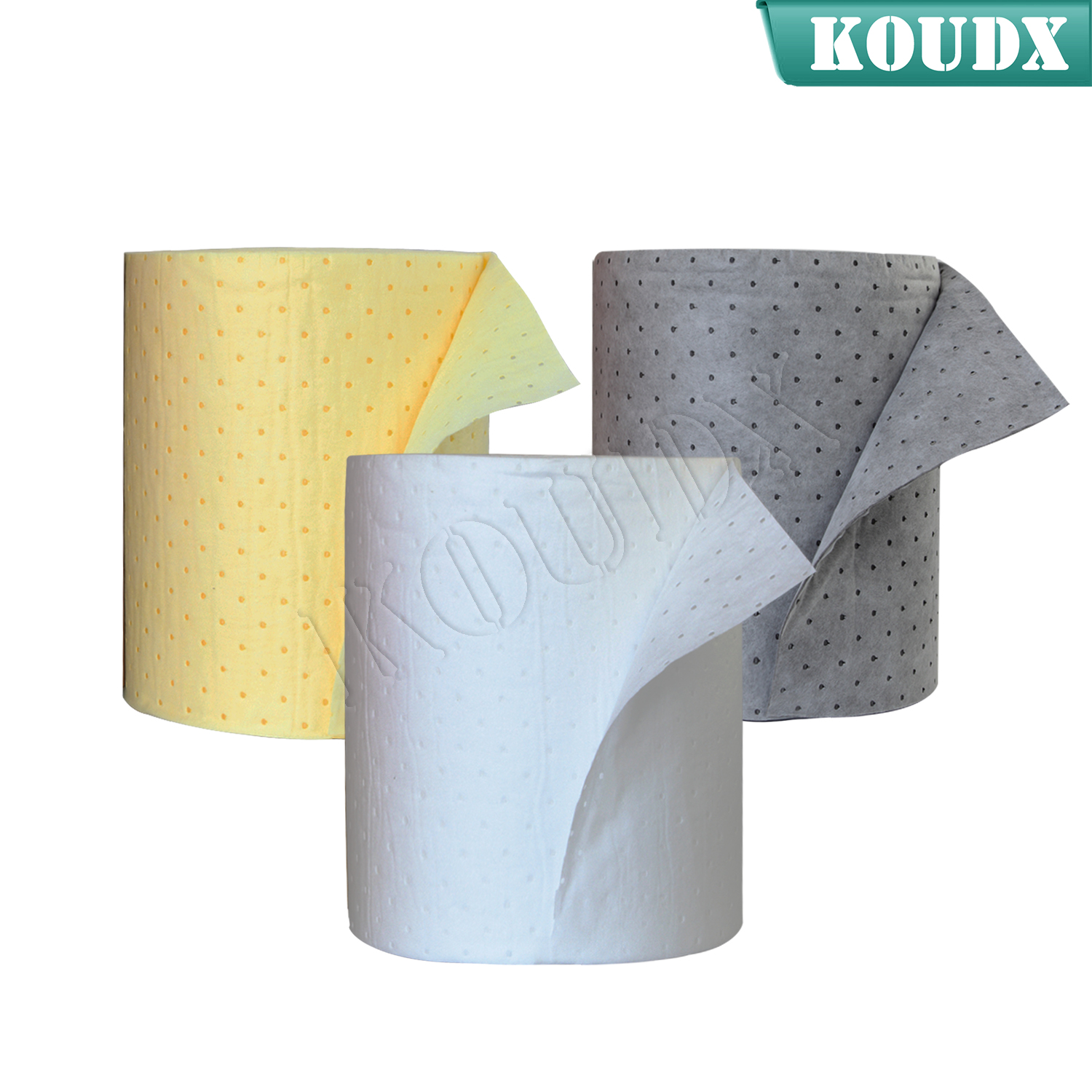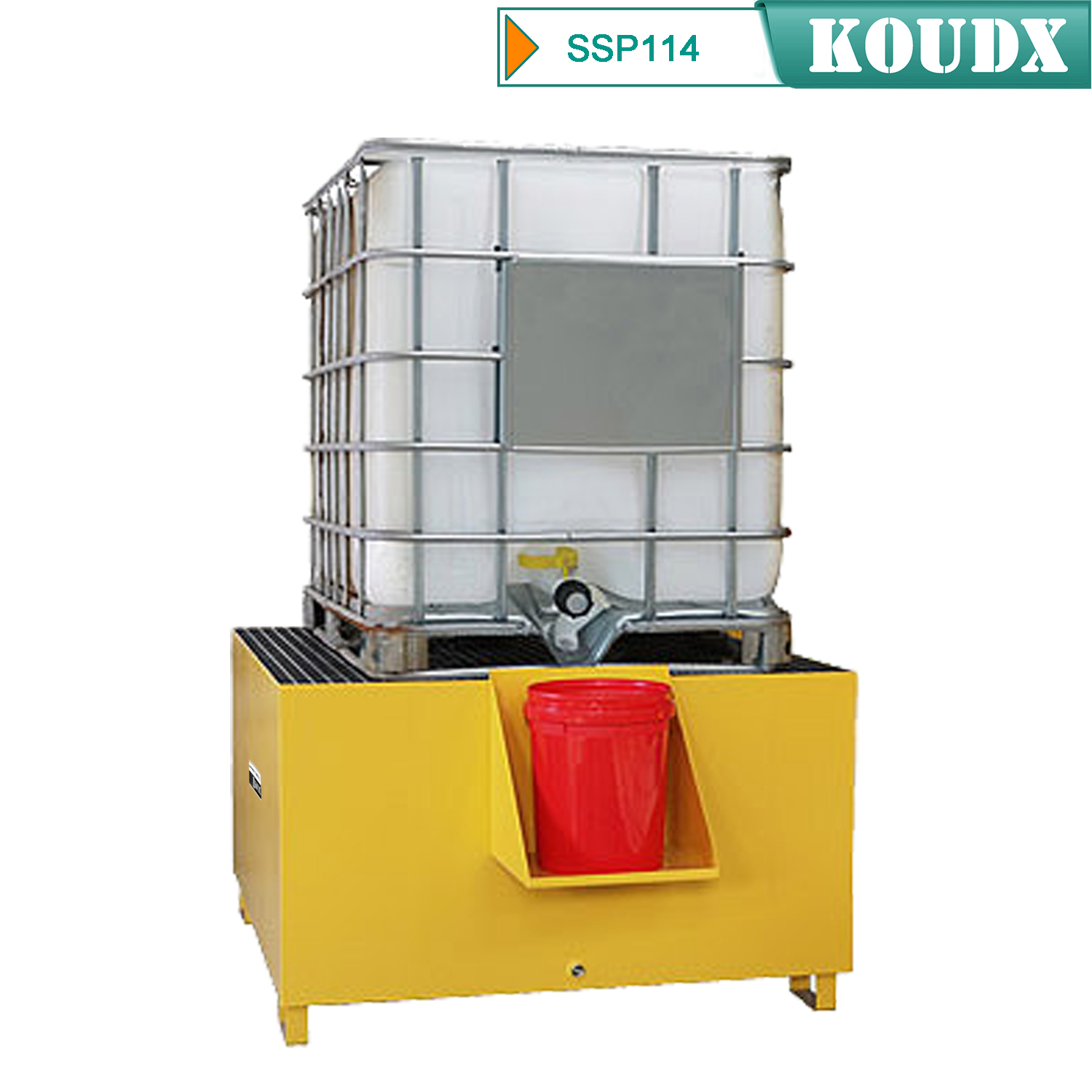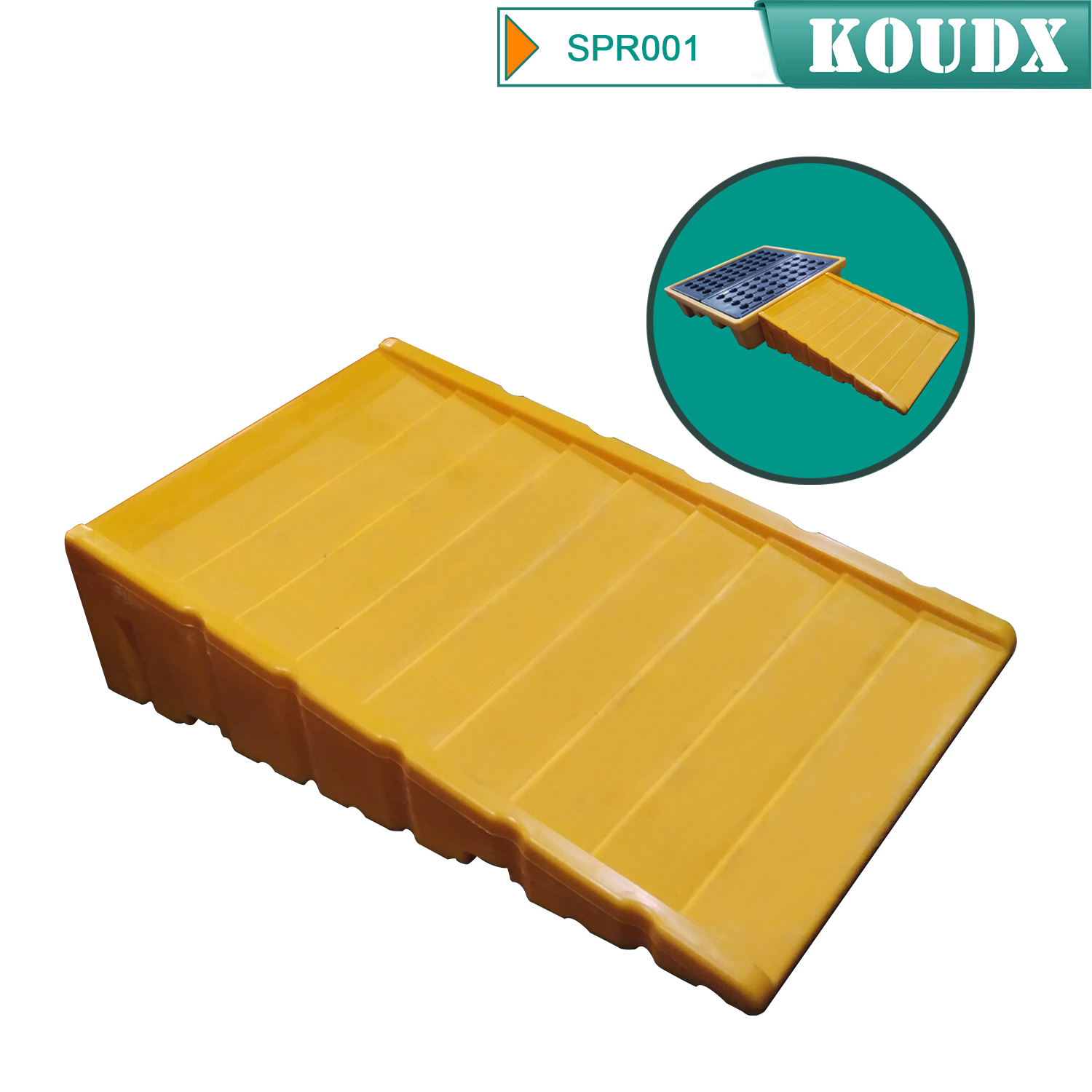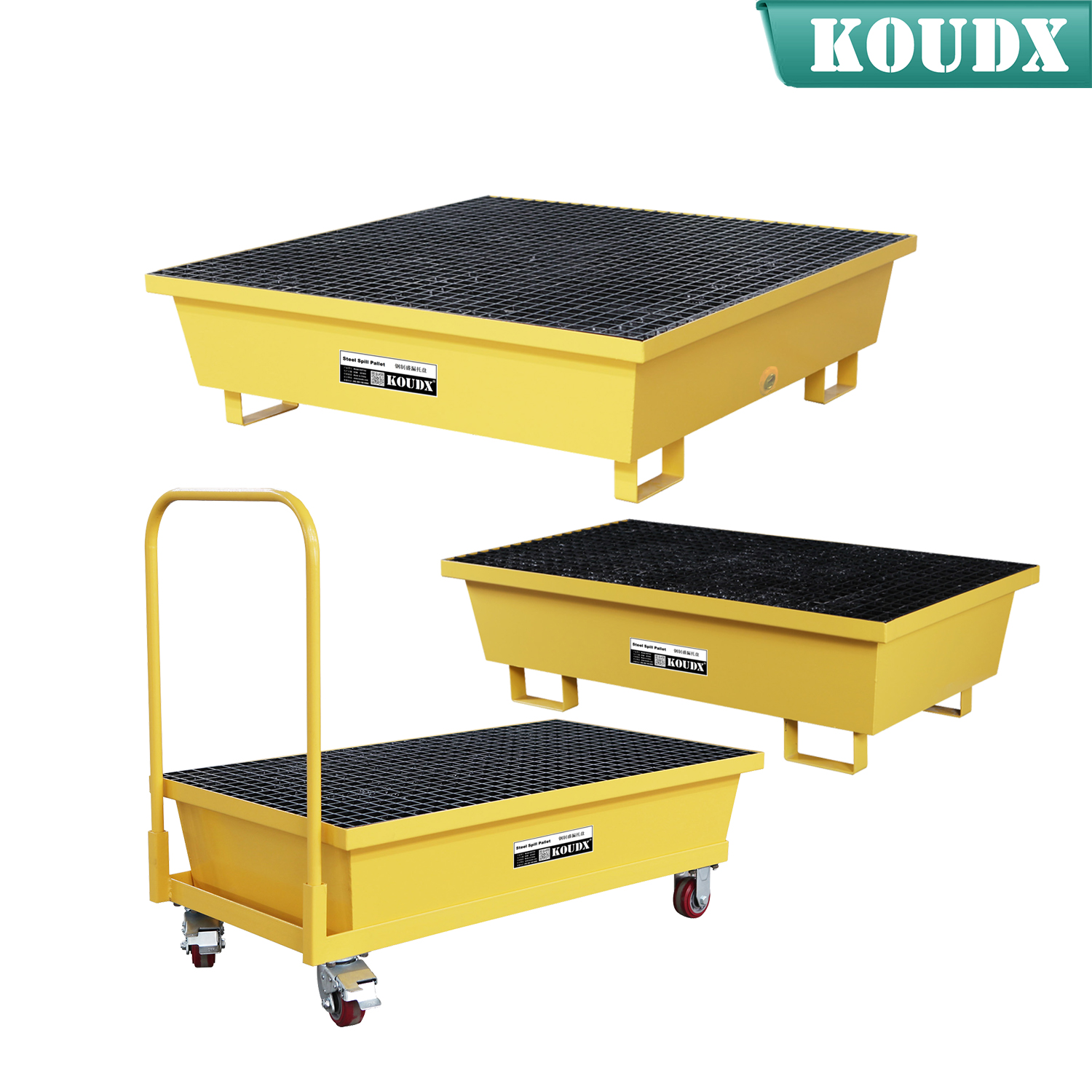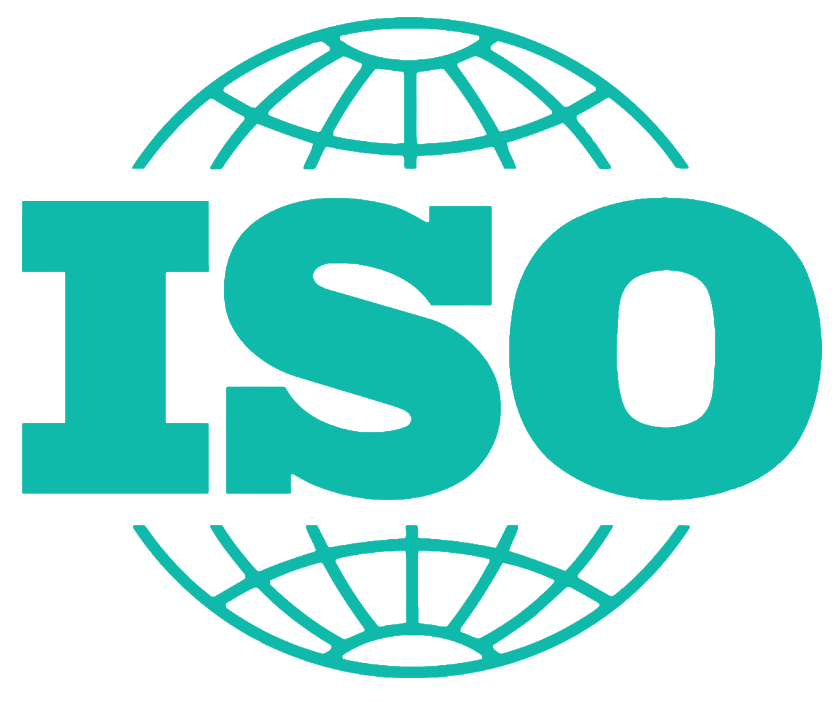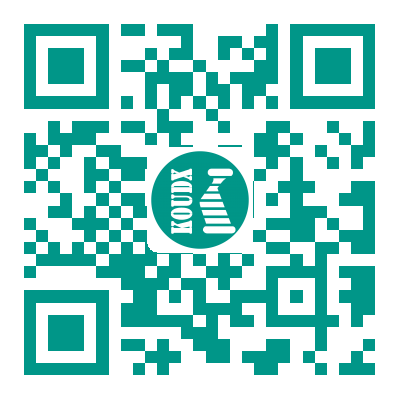
Understand how OSHA's extensive recordkeeping and reporting rules affect your business.
The Occupational Safety and Health Administration’s (OSHA’s) recordkeeping requirements in place since 1971 (29 Code of Federal Regulations CFR Part 1904) are designed to help employers recognize workplace hazards and correct hazardous conditions by keeping track of work-related injuries and illnesses and their causes. These requirements were updated in 2002, 2015 and 2016.
2002 Changes
The 2002 revision was written in plain language using a question and answer format. OSHA Form 300 (Log of Work-Related Injuries and Illnesses), Form 300A (Summary of Work-Related Injuries and Illnesses) and Form 301 (Injury and Illness Incident Report) were introduced. The list of exempted industries was updated to reflect then recent industry data. The revised rule included provisions for recording needlestick and sharps injuries, musculoskeletal disorders (MSDs), standard threshold shift (STS) hearing loss cases and tuberculosis transmission cases. It also clarified the definition of restricted work or light duty making it easier to record those cases; promoted employee awareness and involvement in the process; and addressed employee privacy concerns. Medical treatment and first aid definitions were also modified to simplify recording decisions.
2015 Changes
In 2015, OSHA updated the recordkeeping rule to include two key changes. The first change updated the list of industries that are exempt from the requirement to routinely keep OSHA injury and illness records due to relatively low occupational injury and illness rates. The previous list was based on the Standard Industrial Classification (SIC) system and injury illness data from the Bureau of Labor Statistics (BLS) from 1996-1998. As of January 1, 2015, the list is based on the North American Industry Classification System (NAICS) and injury and illness data from BLS from 2007-2009. As a result of this change some industries that were previously covered are no longer covered and some industries that were not previously covered are now covered. The new exemption list of NAICS codes is in Appendix A of the revised rule.
The second change expanded the list of severe work-related injuries and illnesses that all covered employers must report to OSHA. This revision retained the requirement to report all fatalities within 8-hours and added a requirement to report all inpatient hospitalizations, amputations and loss of an eye within 24-hours to OSHA.

KOUDX(Shanghai Koudx Industry Technology Co., Ltd.) is a professional provider of industrial safety and environmental protection solutions. Based on the concept of market and customer demand, our fire safety cabinet was developed in accordance with the standards of OSHA 29 CER 1910.106 and NFPA CODE30. It is widely used in petrochemical industry, industrial manufacturing, university laboratories, food industry, automobile industry manufacturing, new energy and other industries.
We sincerely hope that in the journey of KOUDX's continuous development and expansion, we will be able to get the full support of our distributor partners in China and abroad, and have more long-term strategic partners, development together and achieve a win-win situation. Welcome to contact us (86) 400-168-8090, you can visit our website www.koudx.com for the detail information.



